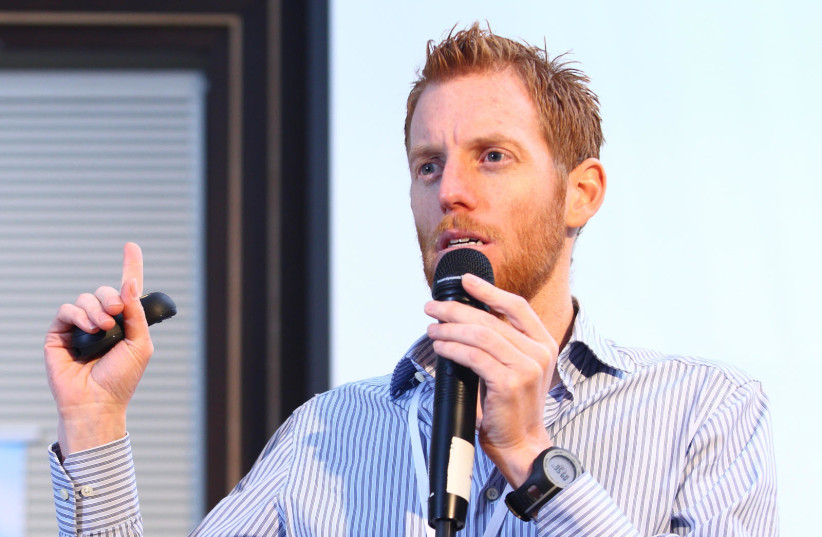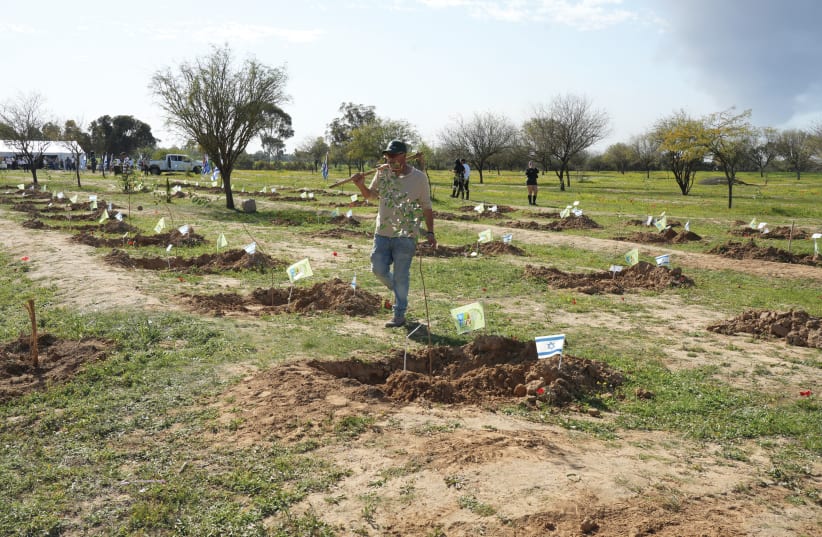The Knot, the Desyatka, and the Kingsmills are names of hotels that most travelers are not familiar with. Those who do recognize the names are included in a specific niche that makes those hotels unique among global travelers. They are part of what experts call “dark tourism.” The Knot overlooks the Hiroshima Peace Memorial, which consists of the only structure that remains standing in the area around the atomic bombing of the city. The Desyatka is the only hotel located in the town of Chernobyl in Ukraine; before the ongoing war, it accommodated trips exploring the abandoned ruins and remains of the catastrophic disaster. The Kingsmills is located in Scotland, a few minutes’ drive from the site of the 1746 Battle of Culloden, the last pitched battle on British soil, where, in less than an hour, around 1,300 men were slain. The battle is the key topic of the popular Netflix TV series Outlander.
Millions of tourists around the globe travel every year to some of the most depressing places on Earth: sites of horror, tragedies, disasters, and monstrous death. According to the dark-tourism.com website, tourists who visit or think of visiting war museums and memorials, including the Berlin Wall when visiting Germany’s capital or the 9/11 memorial at Ground Zero when in New York, are, or potentially could be, dark tourists, even if they do not know it yet. And in the case of the 9/11 memorial, they will be in plenty of good company: It is the most visited dark site in the world today.
The term “dark tourism” was coined in 1996 by two academics from Scotland, J. John Lennon and Malcolm Foley, who wrote Dark Tourism: The Attraction to Death and Disaster. According to a 2022 survey under the name “The Rise of Dark Tourism,” conducted by Passport-photo.online, a US website, 82% of Americans have visited at least one dark tourism destination in their lifetime.
However, Eran Ketter (PhD), head of the Department of Tourism and Hospitality Management at Kinneret Academic College, has a more conservative approach. “Dark tourism is a minor sub-category in a segment called ‘Heritage tourism’ that consists of visits to places that embody the past or/and to places related to intangible heritage manifestations. Most of the world’s normative tourism is built around vacations, good times, and shopping. Visiting heritage sites is, in many cases, part of the experience.
But the trip was certainly not built around sites to do with darkness. This is just another component. Fifteen percent of the tourism of Europeans is defined as ‘heritage,’ and this is quite a significant figure. It’s considered a privileged tourism characteristic of Americans, Europeans, and Chinese, dominated by well-established and educated adults.”

The majority of dark tourism sites are located outside metropolitan areas. Memorial parks and battlefields are usually located in the remote countryside. Therefore, most tourists will stay in city hotels and participate in a day trip to sites associated with death, tragedy, and the macabre. However, small hotels, lodges, and rural accommodations are available within close proximity to what is associated with brutality.
What might be the advantages of staying there?
A Hampton by Hilton is characterized as a global brand budget hotel. One of the 6,000 Hamptons around the globe is located in Oswiecim, Poland, a 10-minute drive to the Auschwitz concentration camp, probably the most horrific dark tourism site imaginable.
“Why should travelers stay with you and not in nearby lively Krakow?” I asked General Manager Agnieszka Augustyniak.
“Oswiecim offers the past, much further than World War Two. The Jewish community was the biggest one in the city prior to the war; 8,000 Jews out of 14,000 inhabitants lived there. Combining the rich past and the horrific sites of the memorial and the museum, Auschwitz-Birkenau gets a broader meaning,” she explained.
Israel is definitely and sadly a dark tourism destination that includes Yad Vashem, the state official memorial to the six million victims of the Holocaust. Masada is an archaeological site where almost 1,000 Jewish rebels committed mass suicide during Roman times.
Concerning the Hamas atrocities in the Gaza border areas, the question arises: Will this become another sad, ‘dark tourism’ destination when inbound tourism resumes and travelers feel safe enough to visit?
Since October 7, Sderot’s demolished police station, burned houses in numerous kibbutzim, and the Nova party site in Re’im are places that foreigners and Israelis visit. Some tourists go there on visits organized by civil society groups; others go independently to pay tribute. The number of visitors is enormous, while, at the same time, Israeli police at Ben-Gurion Airport hardly stamp passports like they did in the past. Visitors walk silently; some cry or carry flowers and candles. Those sites will definitely include official commemoration memorials. How they will look remains to be seen.
Clifford Chanin, director of the 9/11 Memorial & Museum in New York City, might be the most experienced person on the planet as far as memorials are concerned. “We live in an era where people want speedy decisions. Commemorating the events Israel faced will need time and patience. Different opinions and debates are expected and legitimate within the communities on how a memorial should be built,” he said.
“Transparency of all views will finally lead to trust, and once all opinions are heard, a decision could be made. Preserving original, damaged structures and artifacts is also a serious challenge. The 9/11 Memorial was opened on September 11, 2011, on the 10th anniversary of the attacks. The museum was dedicated in May 2014, almost 13 years after the horrific incidents. Since then, around six million people visit the 9/11 memorial and museum every year. Visionary planning led to the development of the entire area, prioritizing housing and tourism. Lower Manhattan is now an attraction. There are significantly more hotels and restaurants around the memorial than before 2001.”
“Hospitality lodgings need a profitable business model aimed at numerous market segments. A hotel that serves dark tourism customers alone is a one-dimensional product,” explained Ketter. “As Israel allows visitors to stay in Metropolitan Tel Aviv hotels and book day tours to the Gaza borderland areas against traffic, I cannot see significant accommodation developments there. Ashkelon might enjoy economic tourism progress due to its proximity,” he said.
The annual Darom Adom festival during the anemone flower’s blossom season, Eshkol and Ashkelon national parks and even former prime minister Ariel Sharon’s grave might be additional attractions persuading tourists to stay in the area.
The future memorials are not being discussed yet; however, in Israel, time is always pressing. Action is expected. During the recent Tu Bishvat holiday, celebrated as an ecological awareness day, trees were planted as well as 364 saplings at the site of the Nova music festival, where Hamas atrocities occurred. The Jewish National Fund initiated the event in memory of all the murdered young people. Planting a tree is a symbol of hope, love, and life that will last for generations. Future tourists in the Gaza borderland must face optimism, not darkness.
The writer is the Travel Flash Tips publisher.
